This January, Sara Oliver Wight underwent genital reassignment surgery after a months-long battle with her insurance company. She documented the experience for VICE below, interspersed with portraits taken before, during, and in recovery from the procedure by photographer Amanda Hakan.
I really wish I could tell you a happier story. I'm a transgender woman, and I would love to be able to write about an experience with the American healthcare system that didn't feature moments of terror or sadness. While it wasn't always that bad, it most often fell between those less-than-ideal categories.
I decided I wanted Genital Reconstruction Surgery (GRS) in October of 2013. After three and a half years, I finally received the procedure on January 24th of this year. The amount of effort required to get to that point, both before and after surgery, has driven the majority of my decisions between then and now. In order to pay rent, I have stayed at jobs where I faced open and mocking discrimination. If I couldn't pay rent, I couldn't stay on hormones, and if I couldn't stay on hormones for 18 months, my insurance claim for GRS would be denied. I've hesitated to make travel plans, spend money, or seek out job opportunities because I needed to hold out for this.
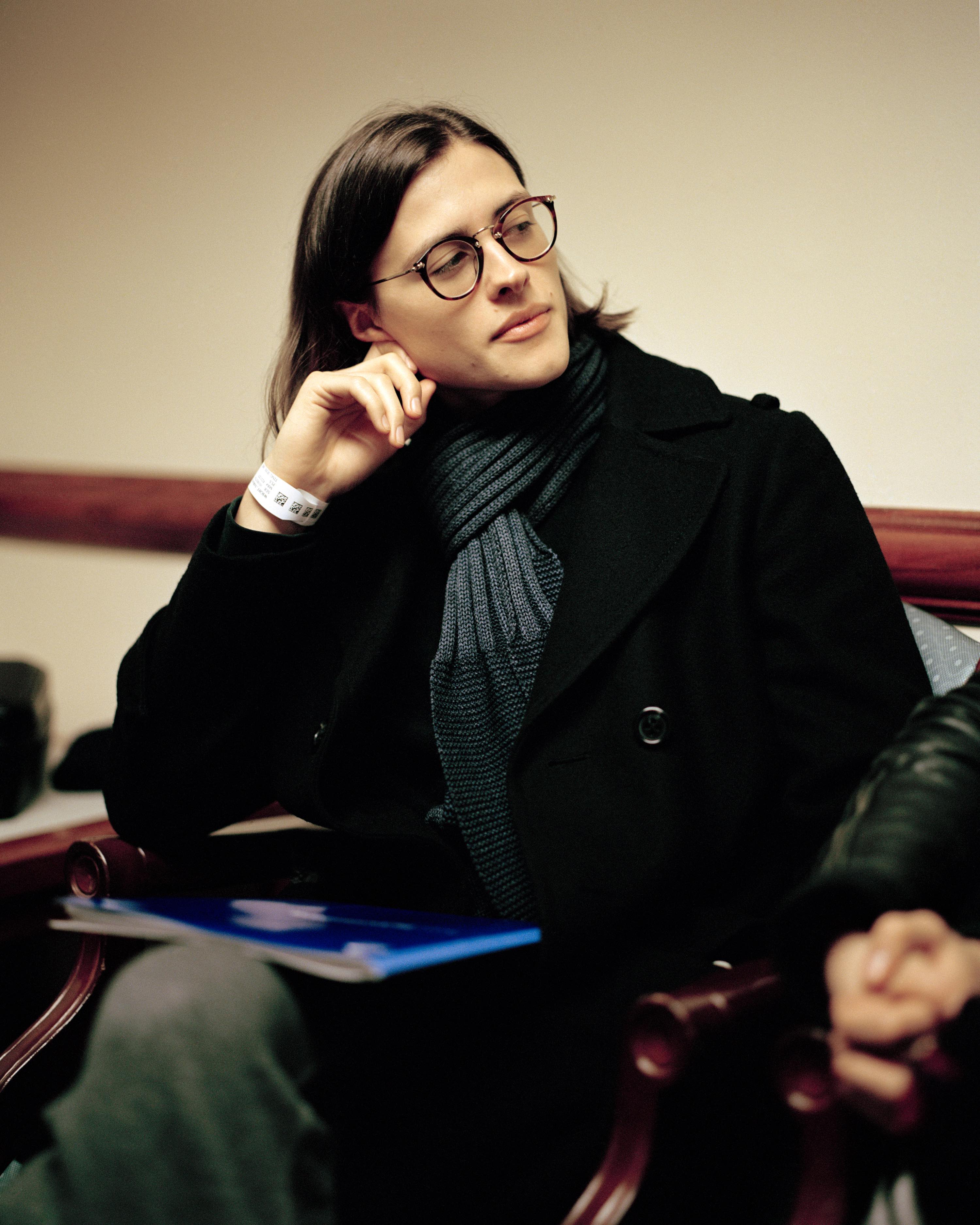
Though I was beyond exhausted, hungry and dehydrated, I had more fun in the hospital waiting room at five in the morning than I thought I would.
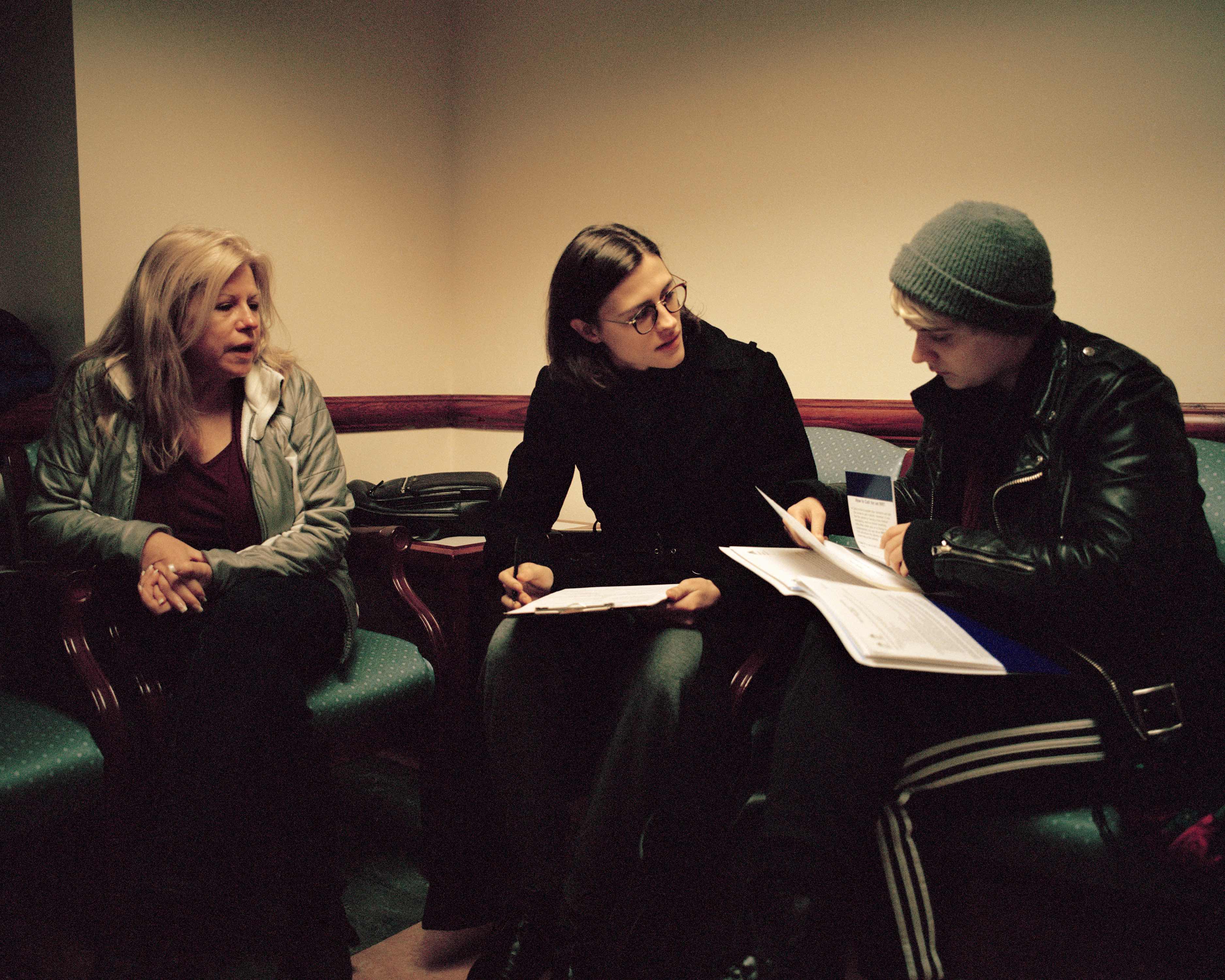
I was 100 percent too nervous to read any of that hospital paperwork in my partner's hand. I still have it and I still haven't.
My procedure was originally scheduled for December 5th. About 14 hours before it was meant to happen, I got a phone call telling me my insurance claim for the surgery had been denied. I slumped to the ground in a way I have only ever seen in movies. I spent the rest of December fighting my insurance company; my partner and I made over 100 calls to the caseworker who denied the claim, and while she complained to my doctor's office about it, she never returned our messages.
Switching insurance companies was what finally made the procedure happen. By that point, it was January, and I'd been out of work since November, when I had held two jobs simultaneously—both part time, which meant no benefits and no medical leave. I left both to find something with more stability; my job search was cut short when I received the initial surgery date.
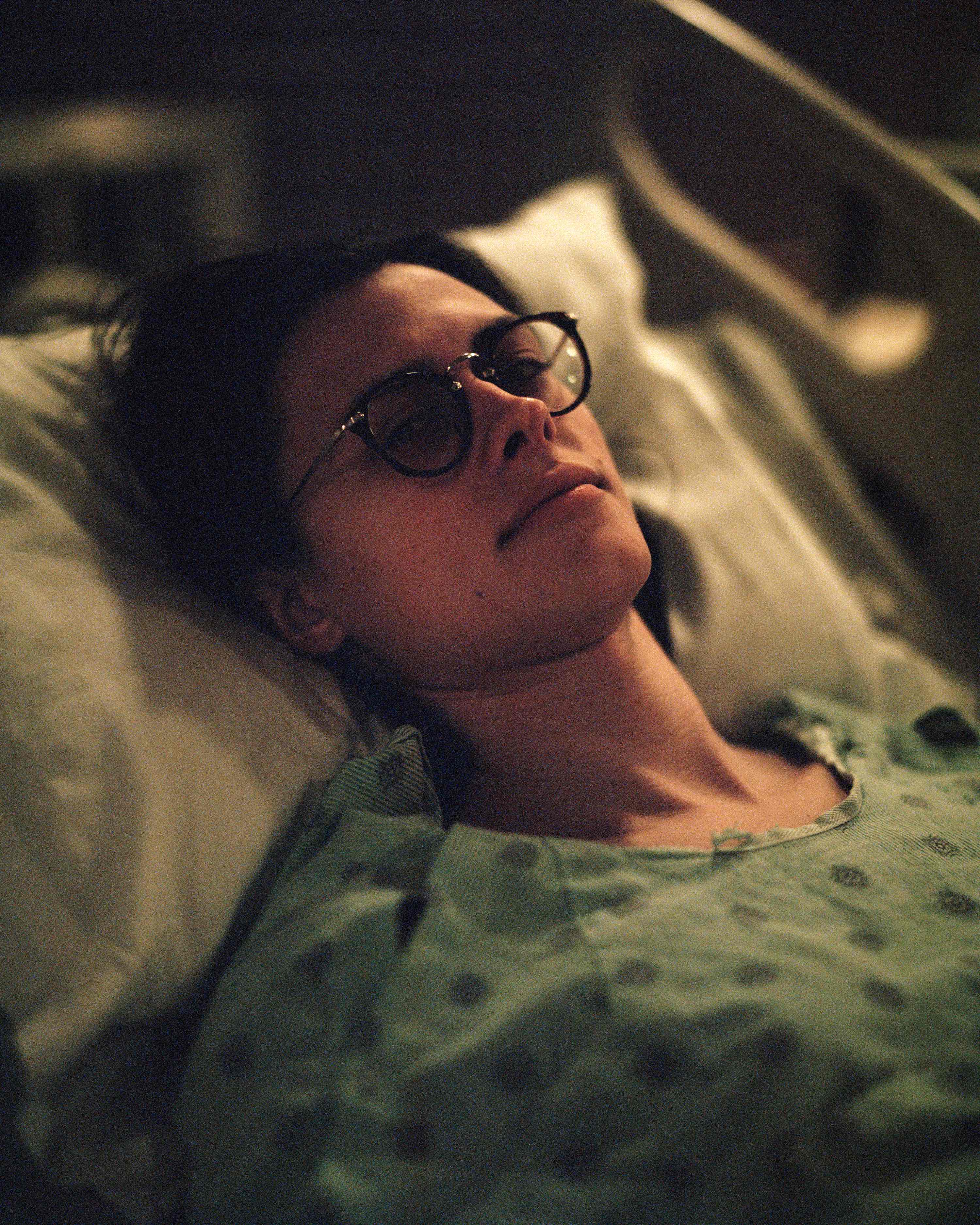
I think the look in my eyes reveals how fucked up on morphine I am. Getting up was never really a question at this point, but I couldn't even if I'd tried.
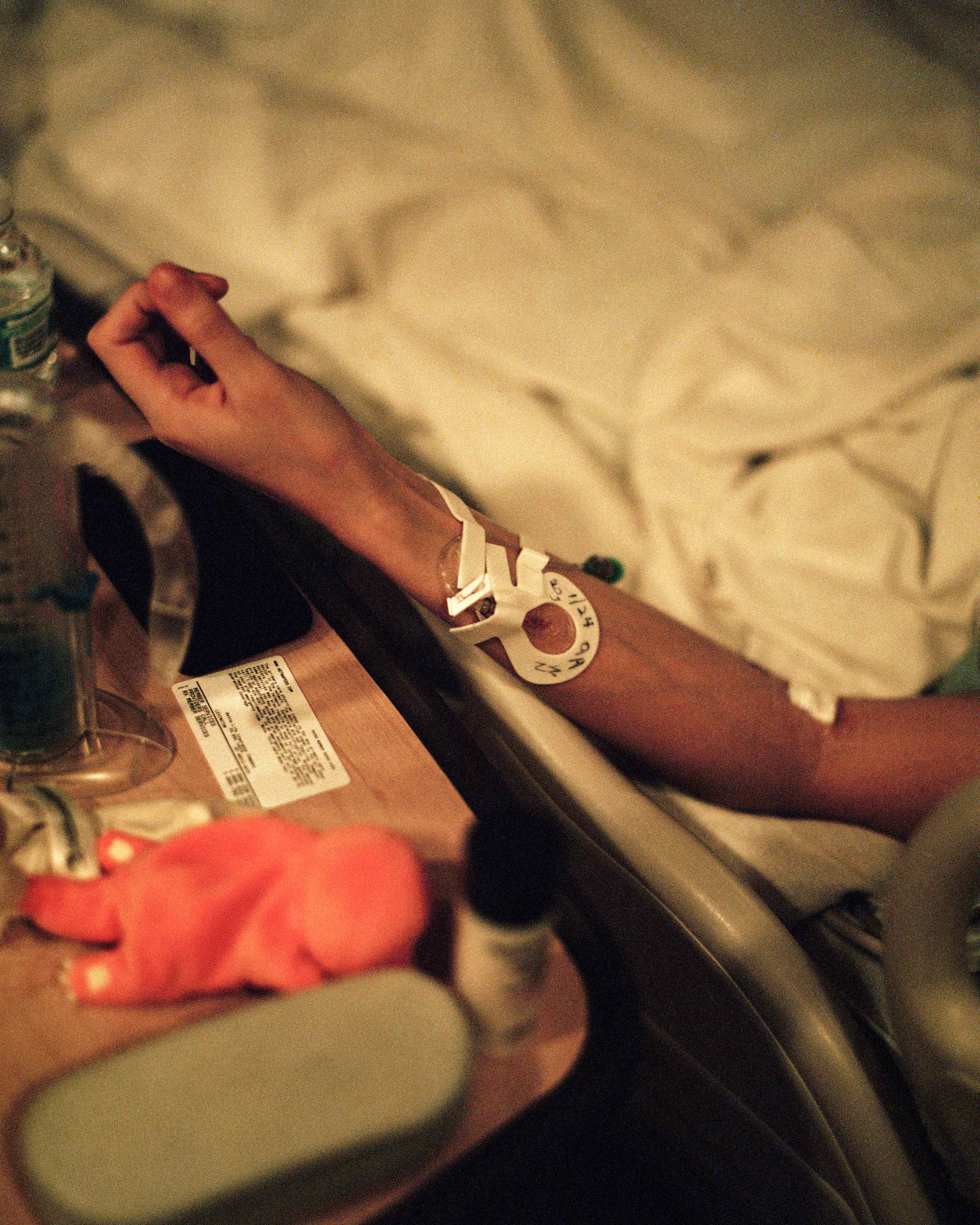
I'm used to feeling really strong. I work out a lot and pride myself on being self-sufficient. I found it hard to feel powerful when my lifeline was essentially this hole in my arm.
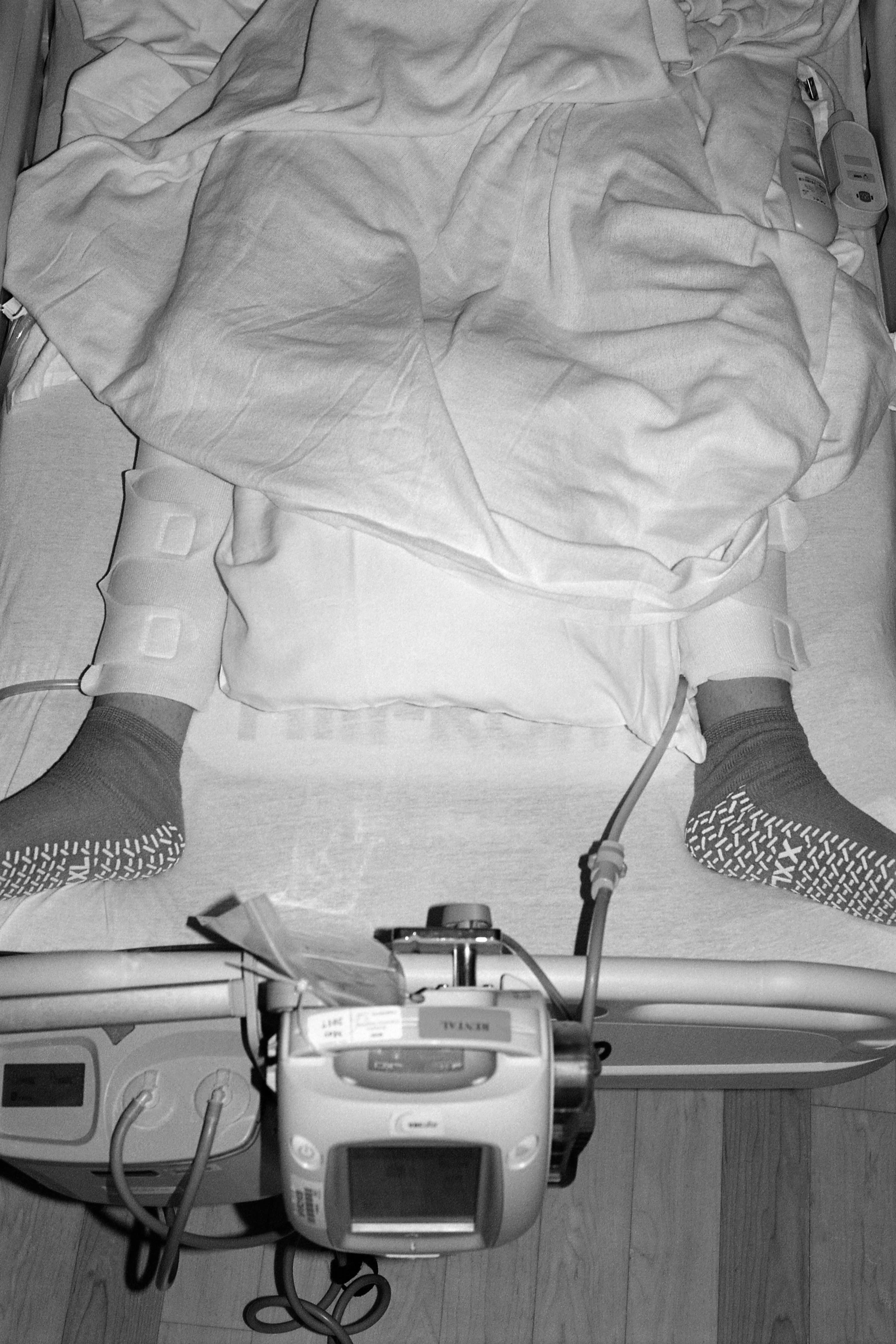
I threw out those socks in a Percocet-induced haze, and I miss them. That machine is called a wound vac and it pumps blood out of surgical zones. On the first day there was a lot of blood going through that hose.
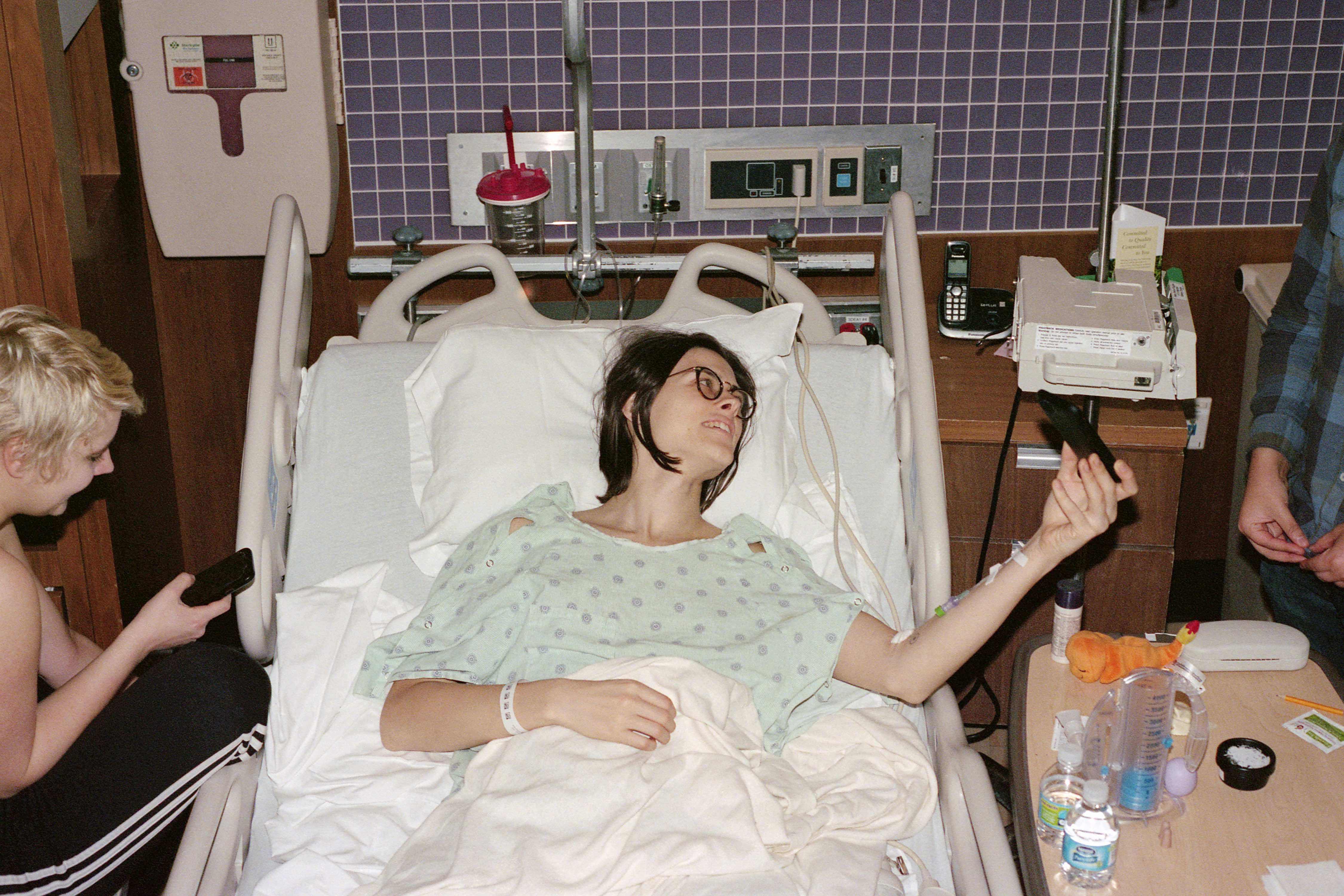
The hospital stay was pretty sterile, and I was on a whole lot of pain killers most of the time. Thanks to those around me, I had some genuine moments of fun during my stay.

One of the first few moments after all the dressings and packing had been removed. I wanted to be more excited but was in too much pain to be that happy. I can be happy now, but was sad the pain took some of that moment away.

Those bruises were not fun, and I still have a few hints of them as I'm writing this. No, the doctor didn't punch me throughout the surgery—this just happens.

Sometimes we don't get to choose who will be around us in our most intimate moments.

Sometimes we do.
In order to stay on track for surgery, I sacrificed opportunities. I lost momentum in my modeling career while glued to the phone for two months straight trying to reschedule surgery. I had to turn down chances to work with artists and designers I admire because the surgery timeline extended from one month to three. This is what our healthcare system does to transgender people like me: It gives us panic attacks on the sidewalk when they accidentally bounce back claims, forcing us to spend our last $100 on medication. It forces us to fight for our survival. This systemic discrimination compounds with discrimination we face in housing, education, and employment. The message we receive is that we don't have a place here in this world.
Most cis people (and even some trans people) look at GRS as the "last step" in transition, but I considered my transition complete when I decided to change my name and pronouns. Everything that followed was just a step I took to make it easier to move through this world with a greater sense of safety and security.
That said, it's easy to fall under the delusion that this surgery would validate my identity in the eyes of those around me. I was still misgendered by my mother in the hospital—it hurt, even through the morphine. When a nurse came to check on me my first night at home, she misgendered me for over an hour. I was asked invasive personal questions that had nothing to do with my healthcare. My partner did her best to help, but the nurse persisted. When she left, I ugly cried like I never had before.
To have those who are meant to care for you perpetrate such violence against you when you're at your most vulnerable—it pulls your stomach up into your throat and ties a knot on either side. It made me furious and sad. It served to remind me that I will never be fully accepted by many of those around me.
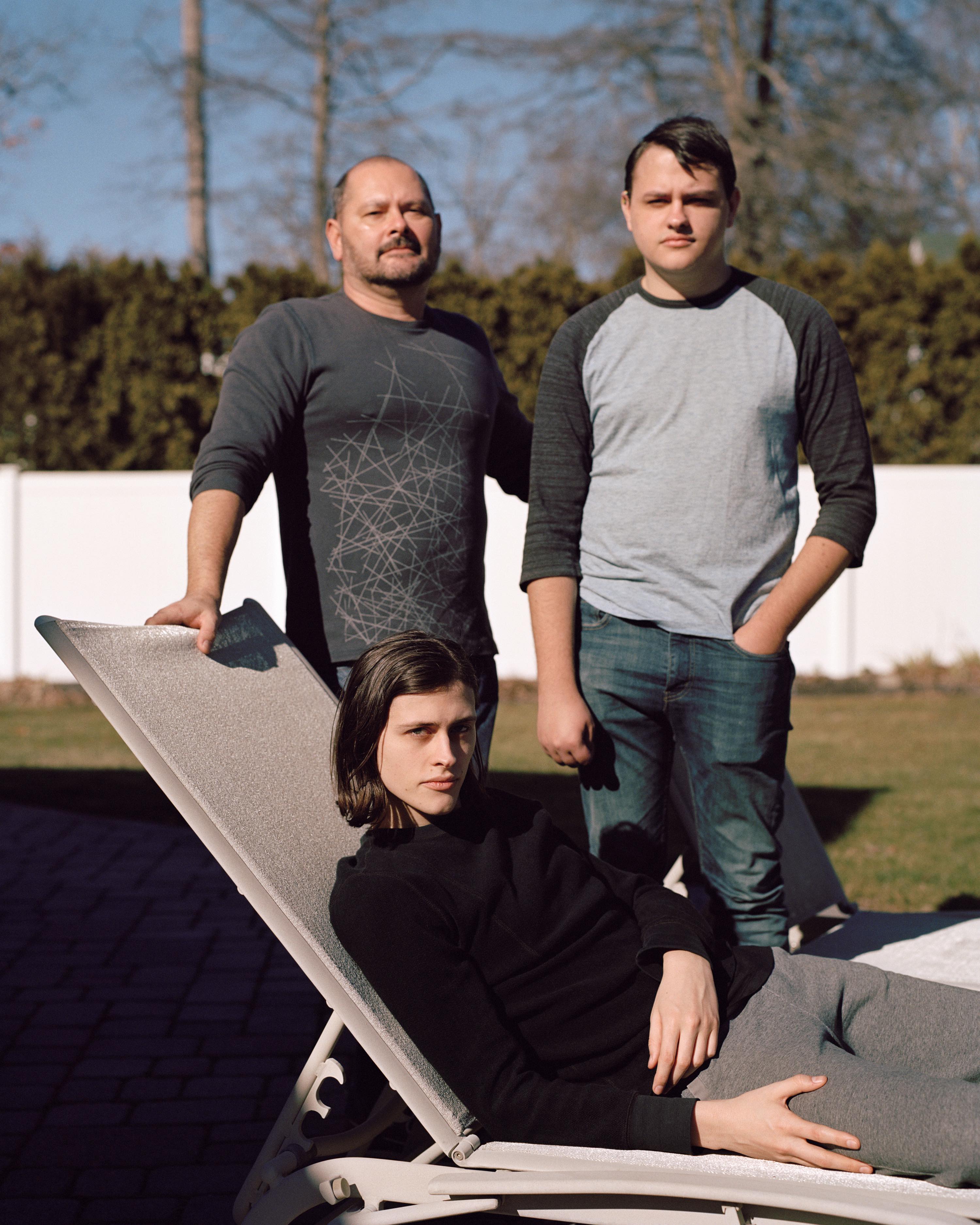
This is the backyard I grew up playing and running around in, and this was my first real trip outside after the procedure. It was the first day that really felt like spring. Feeling the sun on my face the first time made me forget the difficulty I had just standing.
It's no secret that healthcare in this country is a mess—my road toward this procedure began well before the 45th president took office. Things have only gotten worse since. If we lose nondiscrimination protections enshrined in the Affordable Care Act, my situation could soon seem like an unachievable, best case scenario. And even if an insurance company is legally required to cover trans healthcare, as is currently the case, there's a difference between writing protections and enforcing them. Insurance companies can still ask for doctor's letters to access procedures and enact requirements for "consistent gender presentation." With those requirements in place, it's even harder for people who lack family and community support, as I've been lucky enough to have, to gain access to the medical care they desire.
Chelsea Manning—one of the most famous trans women alive right now—was denied trans-specific healthcare for years while imprisoned by the Army. Those actions have very real consequences: They broadcast the idea that trans people can be taken advantage of and that our healthcare isn't valid, ideas that are extremely damaging to trans people on an individual level. Seeing my insurance company deny my surgery the first time made me feel like I don't deserve easy access to a healthy life. I've been made to feel like months and years of work can mean nothing, and that I'd never be able to take care of myself in a self-sufficient manner. I have been scared, and I have been hurt, and I have been carried by those around me.
I have also laughed so hard playing video games with my brother and partner that I thought I would surely tear some of my surgeon's hard work. As one half of our relationship has been spent with me bedridden, my partner and I were made to connect in ways we had not before, and our relationship only grew stronger. I'm happy with the decisions I've made, and I carry with me the conviction that they were the right ones to make. I will continue to live my life, and I will continue to grow and thrive, but I have new scars now, and I've had to make peace with that, too.

It took a while before my partner could hold me like this. It's a unique struggle to not be able to show affection in the ways you are used to, but it forced us to build our relationship in new directions, and gave us tools we still use today.

After over a month of hospital gowns and sweatpants, I'm excited to be back to wearing my clothes again, because each piece makes me happy for a different reason.
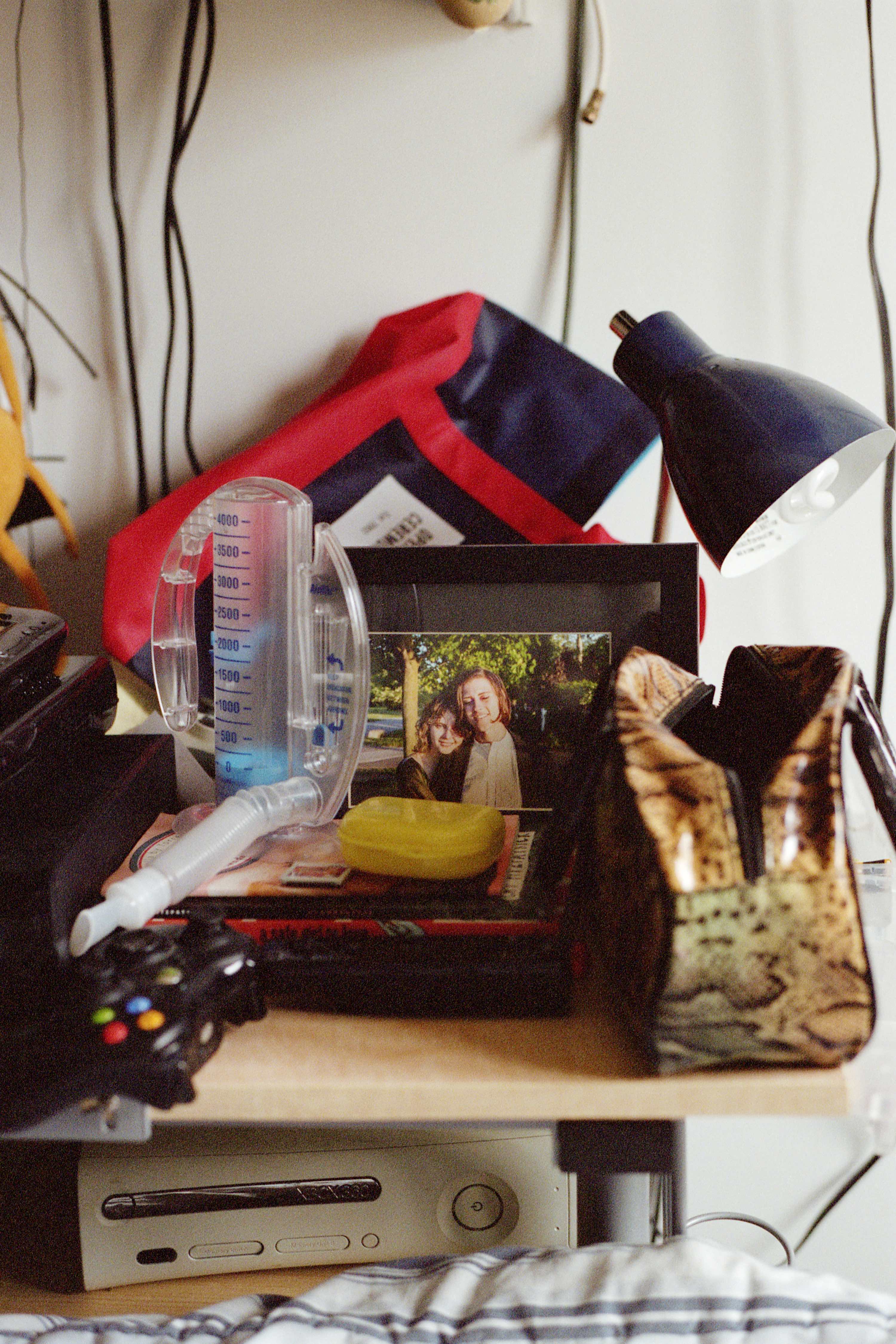

I didn't wear make up for two months. I'm still getting used to putting it on and what I look like with it.

Two months ago I would not have been able to hold this position long enough to take a photo.


Follow Sara Oliver Wight on Twitter and Instagram. Follow Amanda Hakan on Instagram.















































